Periodic Effects for Main Group Organometallic and Organometalloid Compounds
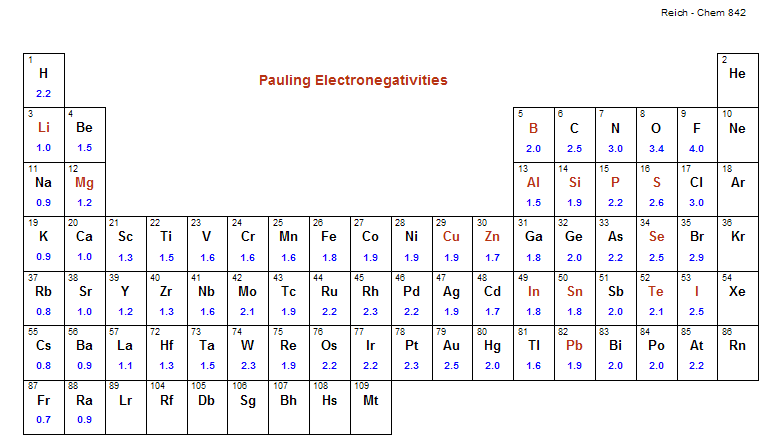
Pauling, L. The Nature of the Chemical Bond, 3rd d., Ithaca (1960); Allred, A. L.; J. Inorg. Nucl. Chem. 1961, 17, 215.
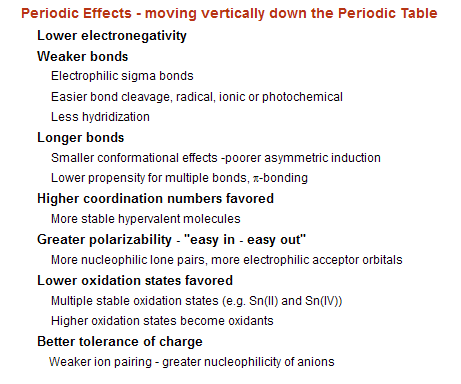
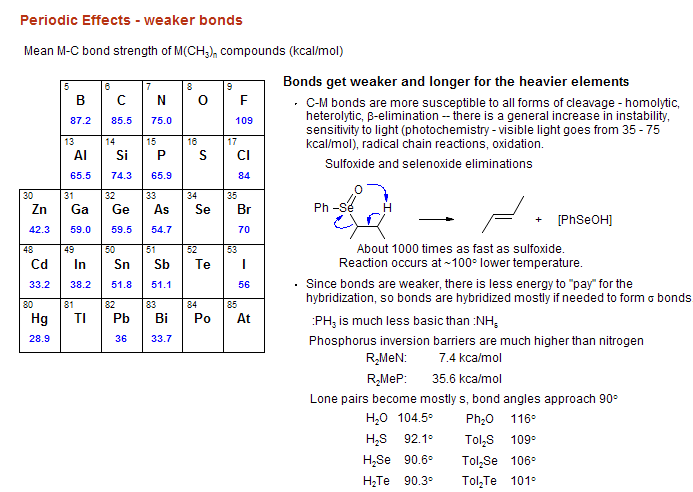
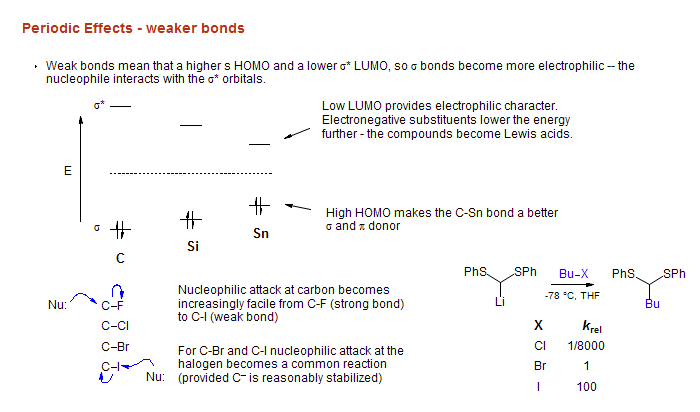
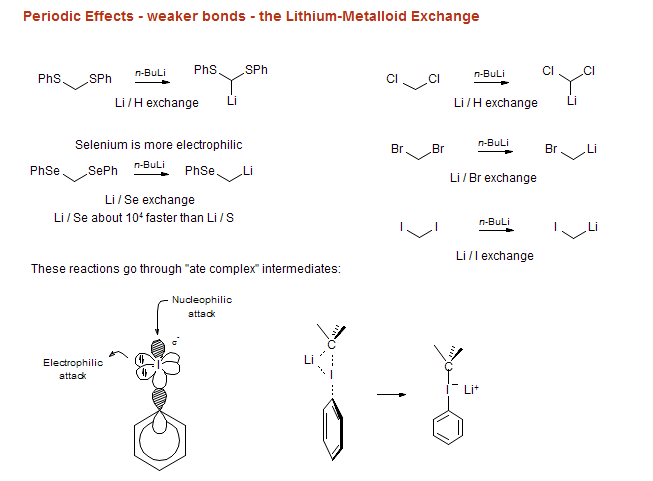
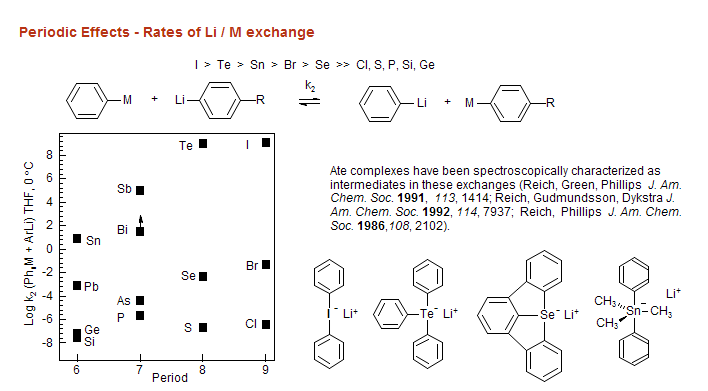
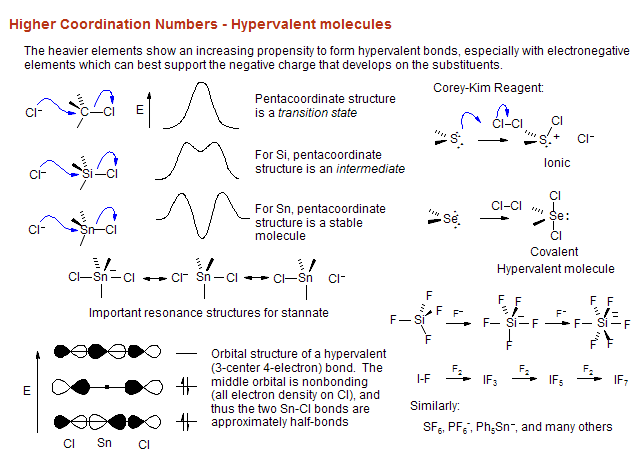
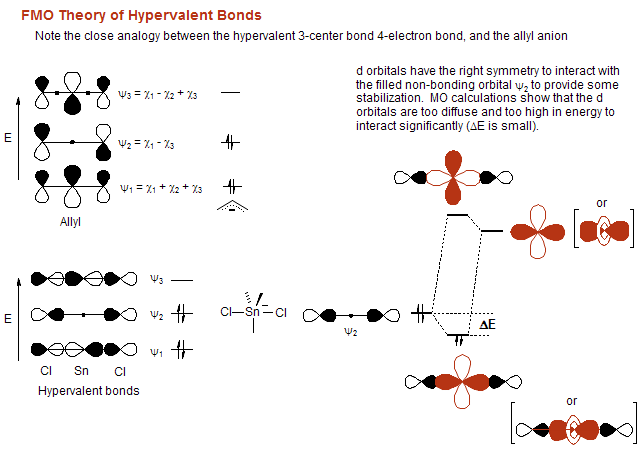
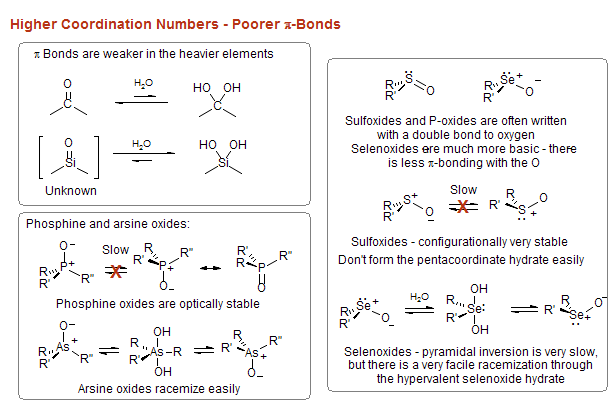
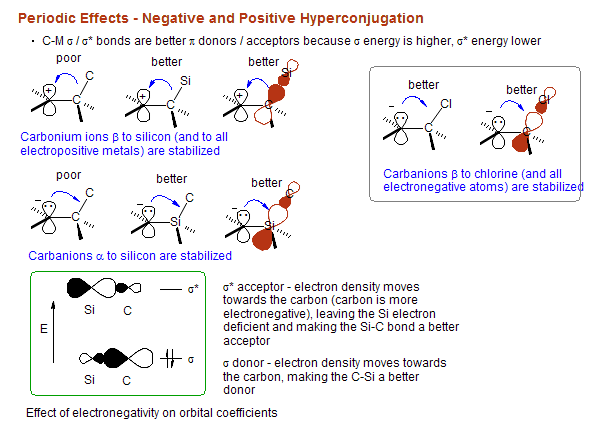
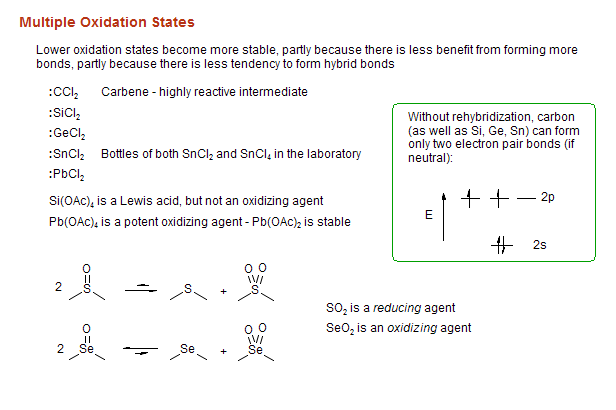
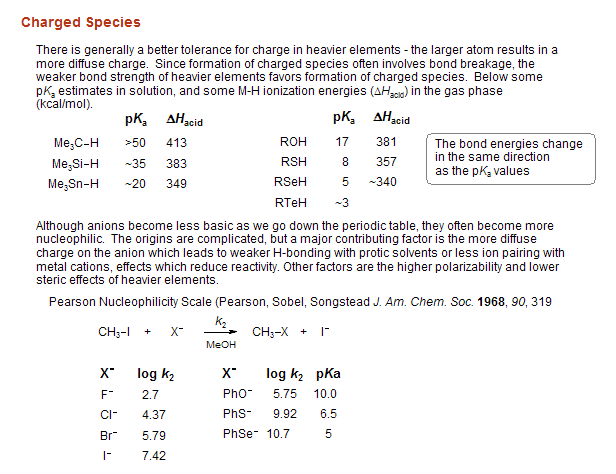
Periodic Effects for Main Group Organometallic and Organometalloid Compounds

Pauling, L. The Nature of the Chemical Bond, 3rd d., Ithaca (1960); Allred, A. L.; J. Inorg. Nucl. Chem. 1961, 17, 215.










